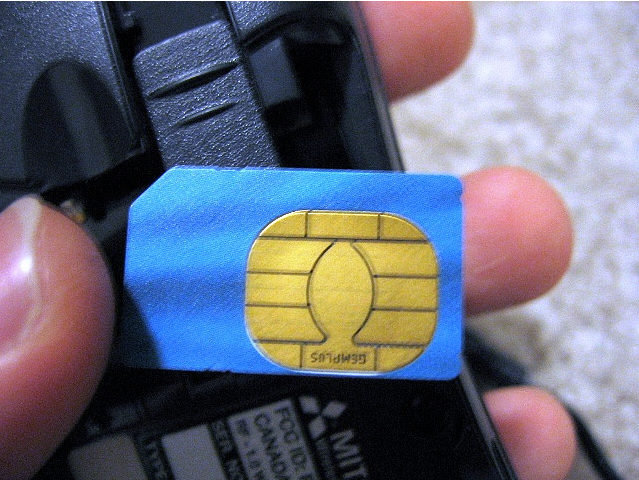Ashley Golden
Technology Editor
Something many students may not realize until right before they leave to study abroad, or worse, once they’ve landed in another country, is that their cell phones are limited to the U.S. and won’t work the same way abroad.
First it is important to understand the difference between GSM (Global System for Mobile Communications) and CDMA (Code division multiple access) phones. GSM is the most globally accepted network for phones, with CDMA offering less coverage. As a general rule of thumb, most phones that use sim cards are GSM (like AT&T phones) while most phones that don’t use sim cards are CDMA (like most Verizon and Sprint phones).
With new LTE technology, some Verizon phones do have sims, meaning the device can work outside of the States. For instance, the new iPhone 5 comes with a Micro LTE sim card.
If you have At&t, T-Mobile or any other carrier that uses a sim card, you need to have your phone unlocked to use it abroad. All you have to do is call the carrier and they can unlock the device for you; but be forewarned, they will often give you a hard time. Carriers hate it when you unlock your device because it means it’s not locked to their system anymore, and you can take your phone—and your money—to anyone else. The key to persuading the disgruntled customer service representative is to make it very clear you need your phone unlocked because you are traveling outside of the country. They will likely try to sell you on their international plan but it is very, very expensive and, in most cases, unnecessary. In the end, it is a service they have, so you can demand they unlock your device. If all else fails, there are great Internet tutorials on how to unlock your phone yourself, or you could always pay a shady character on craigslist to do it for you (caution advised—beware of installation of malware).
After your device has been unlocked, you’re a free agent! Once you land at your destination, go to a local cell phone shop and buy a local sim card and plan. Just like we have “go-phones” or “thow-away-phones” in the States that offer daily or month-to-month no-contract service, so do other countries.
Now you have two options: get a new phone number for the time you are abroad, or keep your old phone number. The second is a bit trickier.
To get a new number, just set up your phone and new sim card with the sim carrier your chose. Instructions should be on the packaging and, if not, the cell phone associates in the store can help you.
To keep your old phone number, you need to do a hardware swap. A hardware swap is when your number is transferred from one sim card to another. Doing this will cancel your current contract with your carrier, as you would be terminating your service with them in favor of the new carrier. If you are in contract, that means you will have to pay a fee (usually around $200) to leave them. It also means if you have a retired plan, such as AT&T’s Unlimited Data, you will lose it; when you get added back onto your plan, you can’t get those retired features back.
For most people, it is better to get a new number while abroad. Keeping your number only works well when you are out of contract with your carrier and don’t have any retired features on your account. In the case that you do decide to keep your number, the cell phone associates in the store can perform the hardware swap for you.
Some phones cannot be taken abroad at all—they simply aren’t designed to get service outside of the U.S. If you call your carrier, they will offer to send you a temporary phone that you can go abroad with you. You will be subject to the huge international fees, though. If it is impossible to take your phone abroad, it is much better to buy a local no-contract phone and plan from the country you visit. The no-sim CDMA phones fall into to this category.
By getting a local cell phone plan, you will save yourself hundreds, even thousands, of dollars in international fees.
Photo Courtesy of NightRStar











